Mokgadi Itsweng is a chef, food activist, food entrepreneur and food writer, who has been in the food industry for over 15 years. She is passionate about food sustainability, food security and works with the Chefs’ Manifesto, the advocacy hub that coordinates global campaigns to help achieve the United Nations Sustainable Development Goal (SDG) 2 by 2030. Chef Itsweng’s passion and expertise lie in re-introducing to our plates, with a modern infusion, indigenous foods that are good for the earth and for our health. She is the Founder and Head Chef for Lotsha Home Foods and Ujuspice, food businesses that celebrate South African ingredients and recipes.
AgriLuxe Marketing recently caught up with Chef Itsweng to learn more about her work, including her latest project, the publication of Veggielicious – a beautifully styled tome of plant-forward recipes.
Chef Itsweng, hearty congratulations on the release of Veggelicious. I told you earlier that my only complaint is that there is not a hard copy version. On a more serious note, tell us a bit of what went into the making of this practical piece of food art.
I wanted to tell my story, which is motivated by a plant-based lifestyle. I chose to do this through the book. The aim was to provide recipes that are, on the one hand, simple, accessible, nutritious; and, on the other, recipes that are visually appealing, as people eat with their eyes first.
At the outset, you introduce us to three generations of your loved ones for whom food is a fundamental, unifying, and a healing force. This role has been possible through maintaining a tshemo* and preparing healthy and flavourful cuisines for family and friends. We get the sense that this was not just an individual family experience but part of the South African culture. How has the food culture changed in the country over generations and to what results?
Our food culture has changed a lot. I recall growing up, every family had a garden to grow their own food. This is no longer the case. We no longer have a relationship with our food. Our children grow up not fully understanding where food comes from. Growing one’s own food is now associated with rural life and poverty. Particularly in urban areas, South Africans tastes have shifted to fast food. As a result, there has been an increase in diet-related diseases. While about a quarter of the population suffer from hunger, our country has the highest rate of obesity on the continent and diabetes has become prevalent. If there is a silver lining to COVID, it’s that people are slowly returning to growing their own food, out of necessity. Home and community gardens are regaining some level of popularity. Hopefully my book will contribute to this rebirth of our tshemo culture.
Sorghum – a variety in the cereals category native to Africa – is a recurring ingredient in a number of your recipes. This is an example of indigenous ingredients you aim to reintroduce to people’s plates. How is this noble effort going? Incidentally, I have searched for sorghum in three supermarkets in Cape Town to prepare one of your recipes and, to date, I haven’t been able to find any. In fact, none of the employees in the stores seem to have heard of sorghum. Perhaps it goes by a different name in various parts of the country?
Ah! The story of sorghum. It’s actually quite sad what you are saying, because sorghum is part of our South African culture. Before maize, there was sorghum, there was millet. These are the foods we grew up eating. Sorghum was integral to many of our nutritional and ceremonial traditions, from the birth of a child, to the coming-of-age celebrations for our boys and girls, to the rituals for communicating with our ancestors. Today, knowledge of this nourishing food and its related traditions is on the decline. In places like neighbouring Botswana and Lesotho, the general population still have access to sorghum, because farmers continue to grow the crop widely. In South Africa, however, farmers were given financial incentives to grow maize instead. So it’s not surprising that mainstream supermarkets do not supply this whole grain. Interestingly enough, today doctors recommend to their sick patients to replace maize with sorghum to improve their diets and health outcomes. I intentionally included this nutritional grain in multiple recipes in the book to help raise awareness about it and to reclaim what’s put on our plates. Fortunately, for now, you can find whole grain sorghum at small independent retailers.
You provide three recipes in one with the “Wasteless Buddha Bowl,” using everything in the pumpkin, from skin to seed. How big a problem is food waste in South Africa? How can the individual citizen help minimize this type of waste?
Food waste is a huge problem in South Africa. About a third of available food and beverage ends up in landfills each year. Meanwhile, as already mentioned, millions of South Africans suffer from acute food insecurity and hunger. The average South African may not realize how his or her everyday choices in the household kitchen contribute to the food waste crisis. I chose the pumpkin to highlight this, because it’s a commonly used ingredient in our food preparation and also it’s a plant that is largely wasted. Apart from the flesh, every other part of the pumpkin, from the leaves, to the skin, to the seeds, is nutritious and can be consumed. The Buddha Bowl is a nourishing treat. Everyone should try it to satisfy hunger, increase nutrition, and reduce food waste.

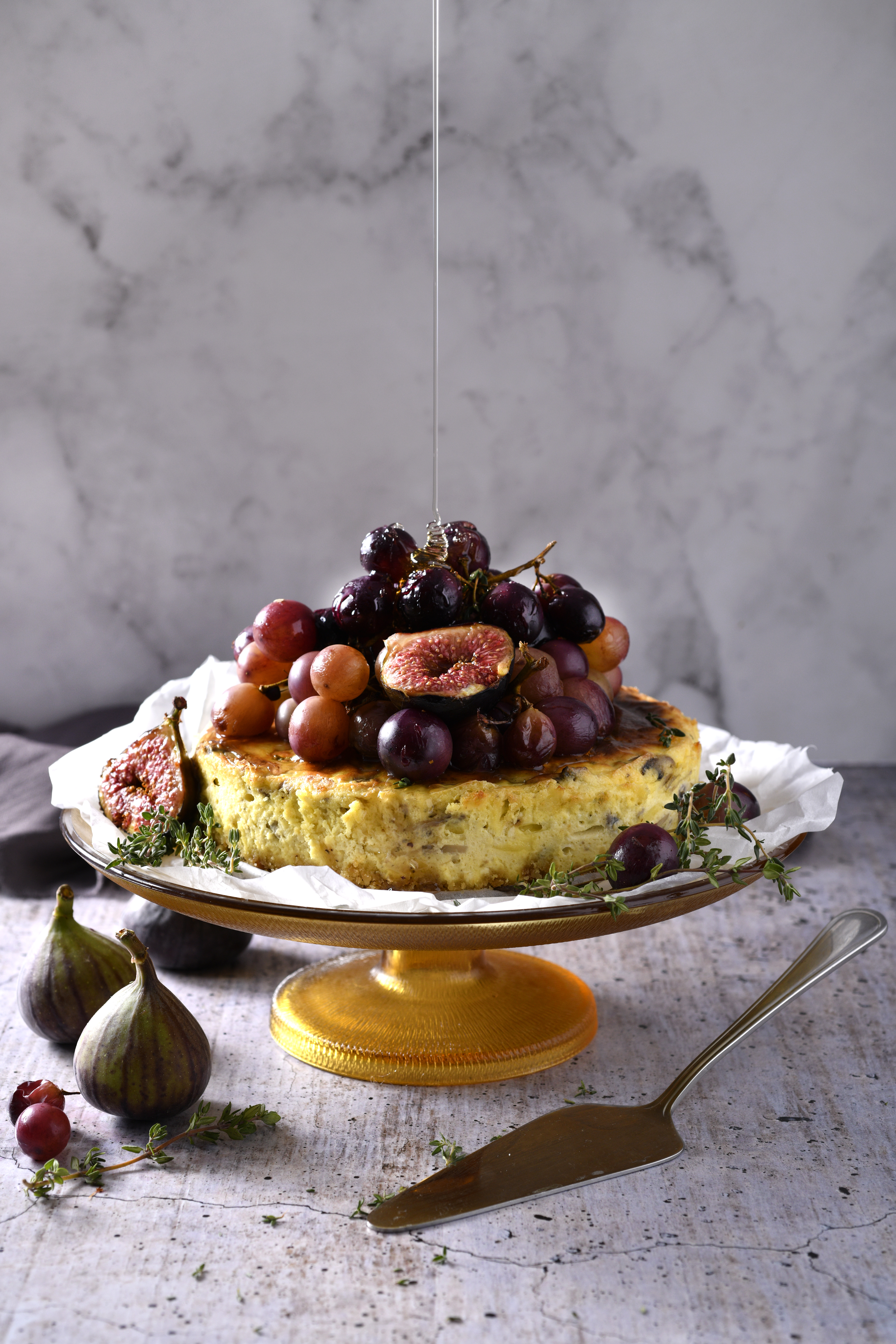

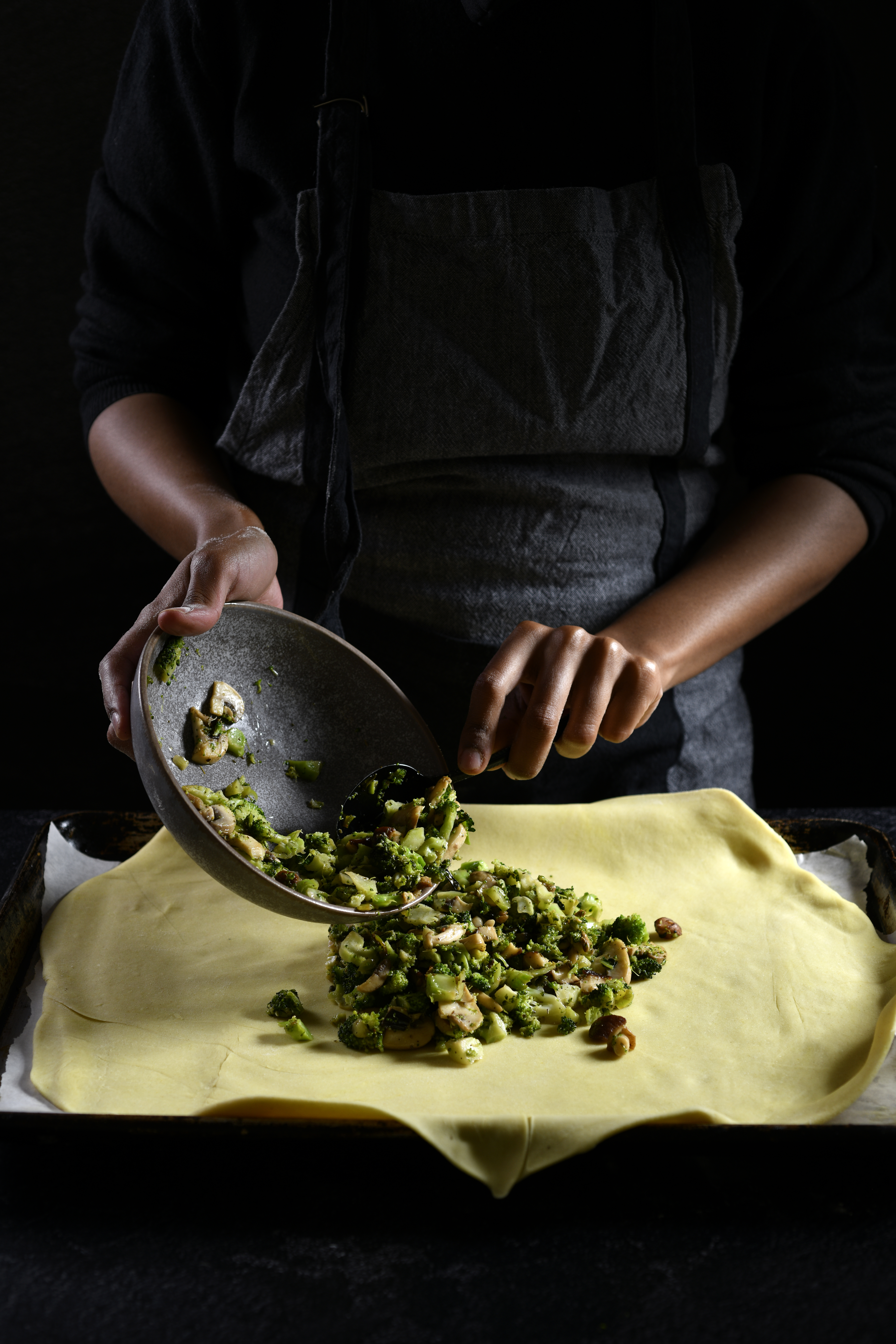


What will be your legacy in the food space?
My name Mokgadi means the guide, the pathfinder. Mokgadi was also the name of my grandmother, who taught me how to cultivate, care for, and make use of tshemos. So I hope to live up to my name’s ethos and my grandmother’s example by using my knowledge, skills, and passions to help re/awaken consciousness of the interdependence of our earth, our food, and our health. In so doing, I hope I can be a guide to Africans, particularly South Africans, in re/learning the value of our culture and in re-plating our indigenous foods.
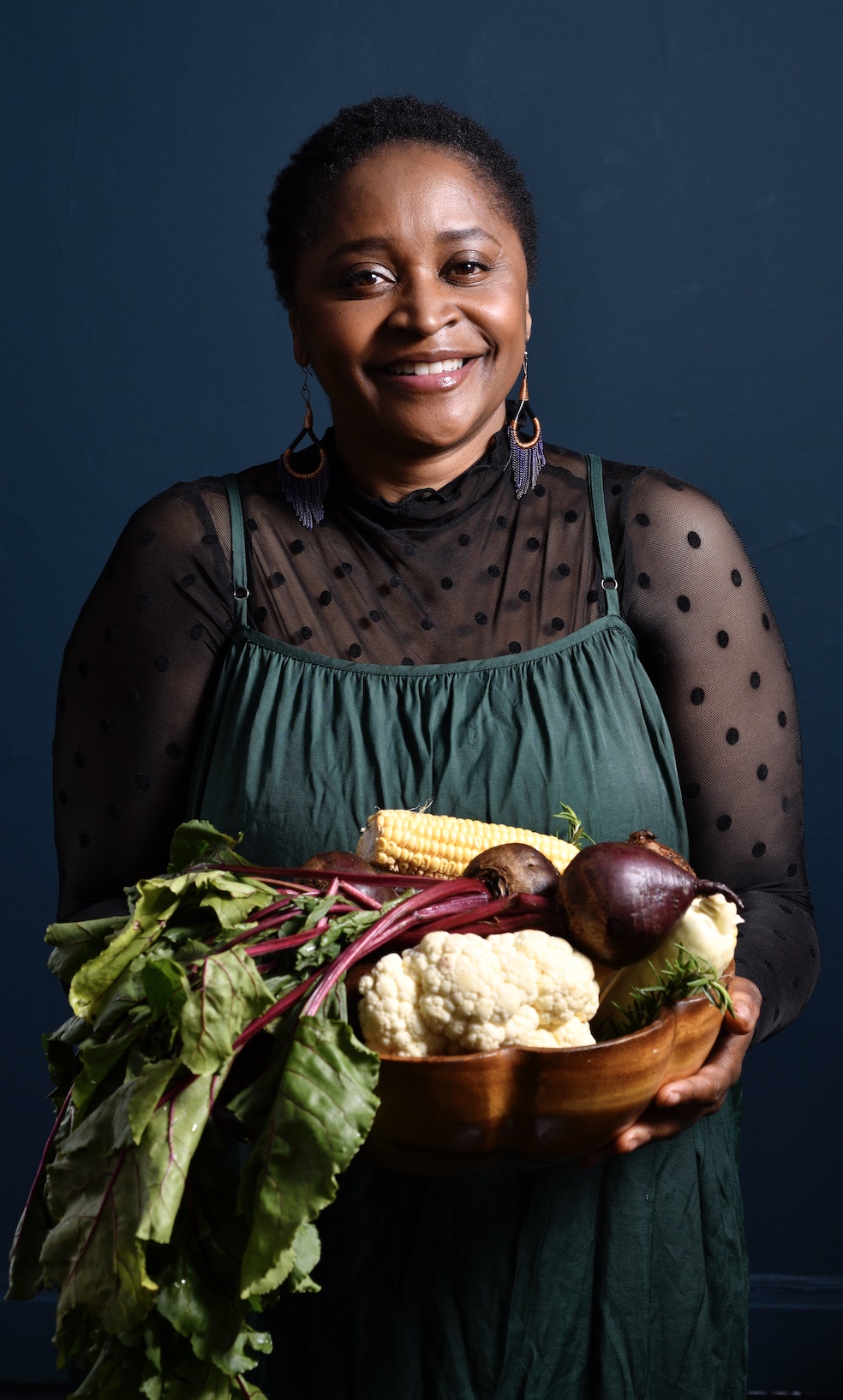
Note *Sepedi for garden. Sepedi, also known as Northern Sotho, is an indigenous and one of the eleven official languages of South Africa.
Photo credits: Roelene Prinsloo
To learn more about Chef Itsweng’s story, visit https://www.ujuspice.co.za/about-us
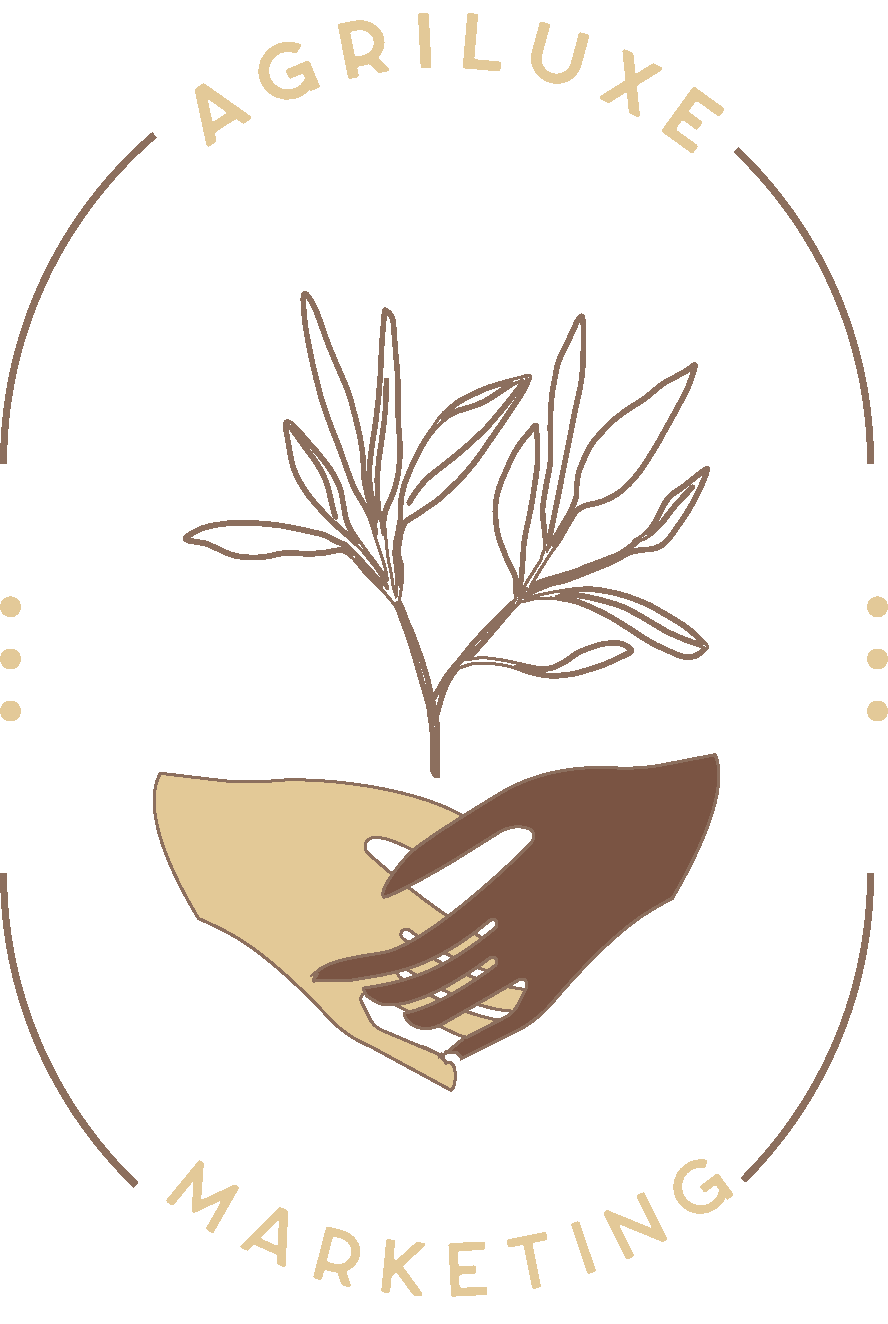
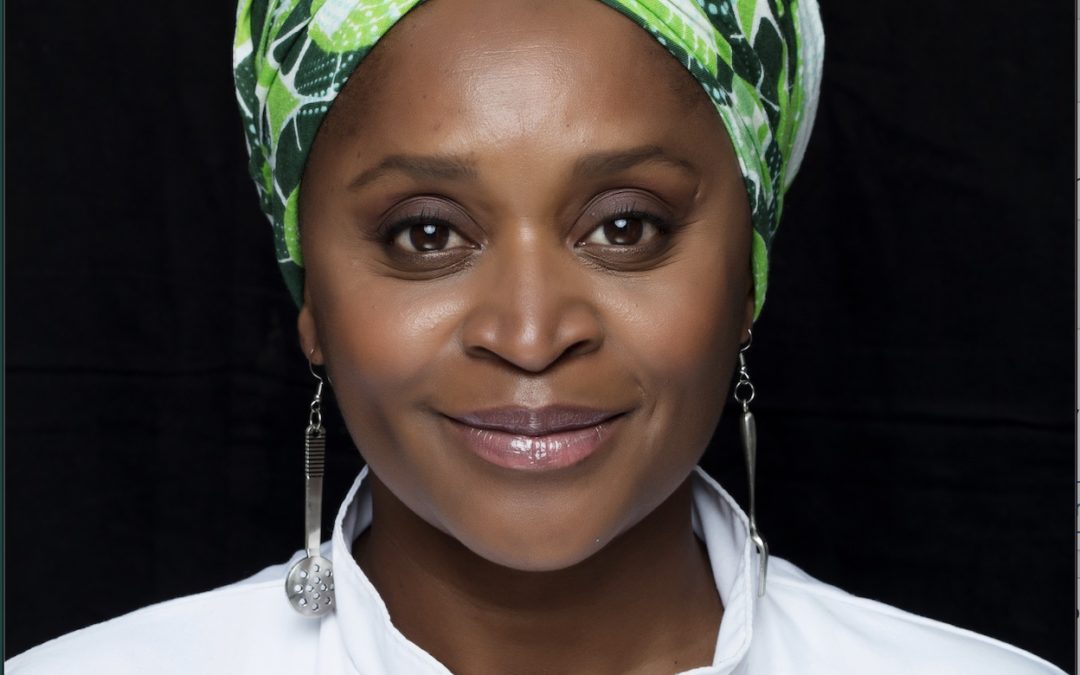


Recent Comments